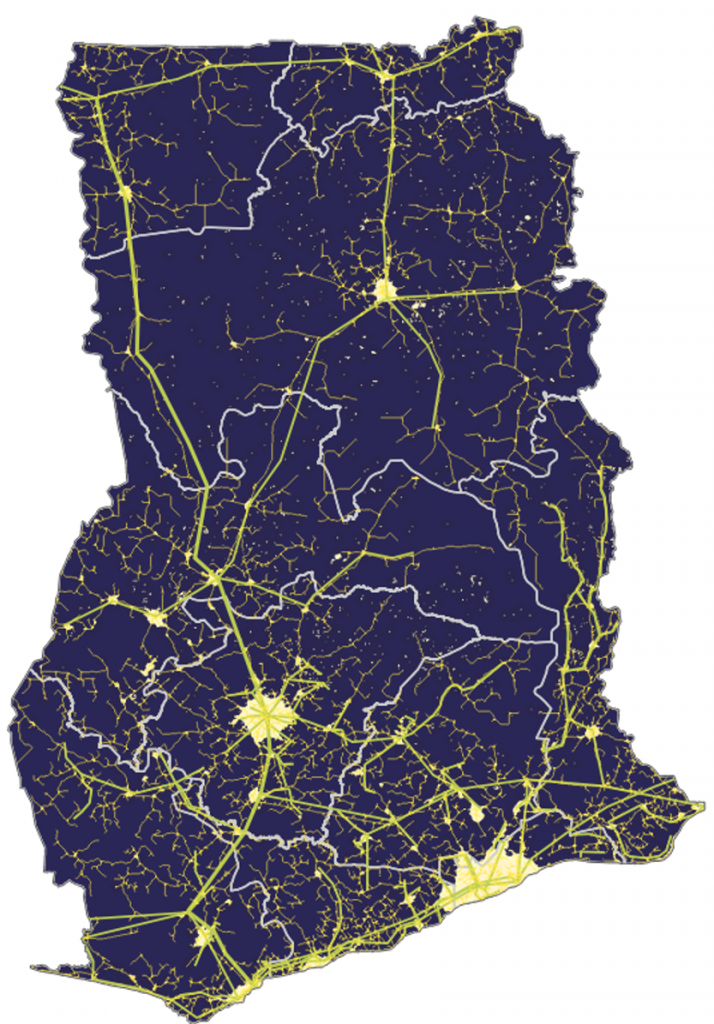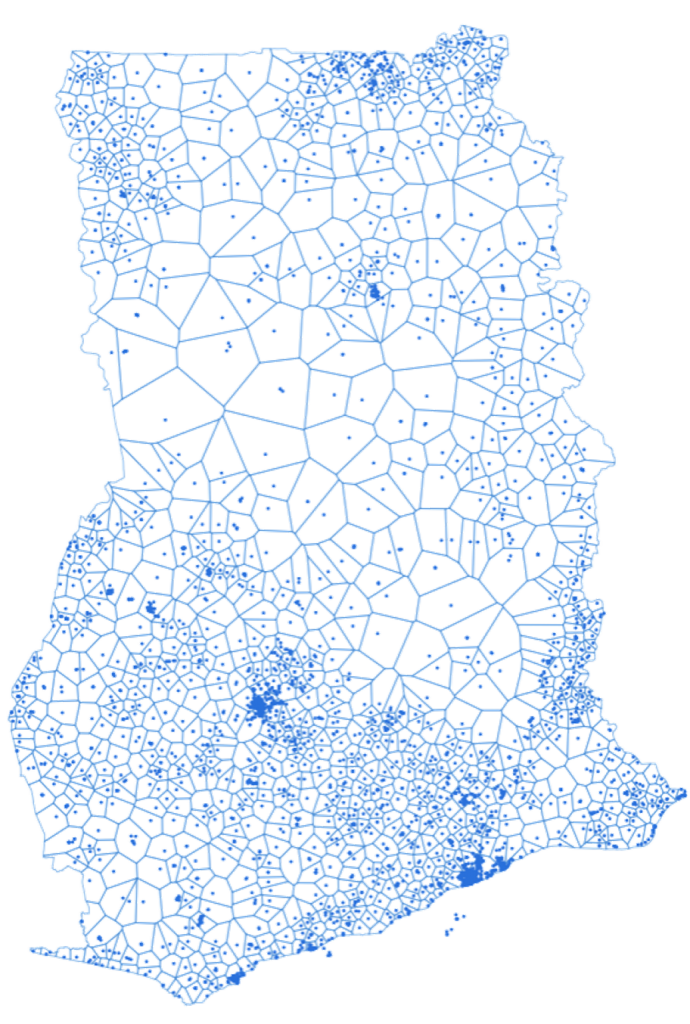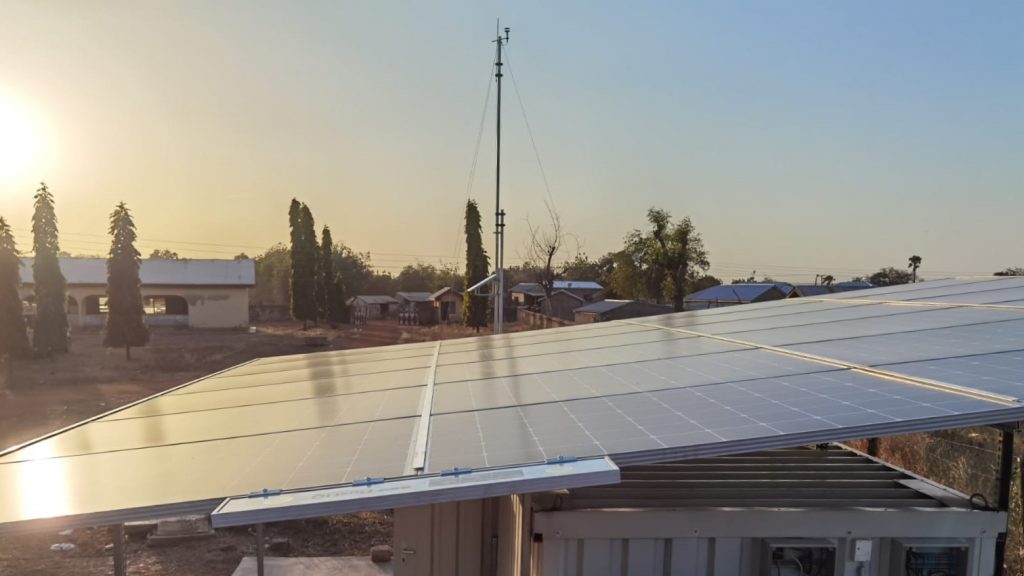
Mohammed Abass from our project partner WestfalenWIND travelled to Ghana to adjust and improve the PV-hybrid power system at the health facility in Kologo.
When putting research into practice, the reality often calls for adjustment of foregone planning. Just like other initiatives, the EnerSHelF project is undergoing constant evaluation, adjustments, and improvements. In our previous article, we described the process of training local enumerators to conduct quantitative interviews at health facilities across Ghana. Here, the training week was followed by a pilot study before the main survey at 200 health facilities started in July. The test run helped to identify any necessary changes in the questionnaire and survey design.
On the engineering side of the project, the solar-hybrid systems at the health facilities of our three pilot sites need constant checks to evaluate if they are running as planned. Many adjustments can be done remotely via sensors and software, which has been set-up by our technicians and researchers. However, certain work must be done at the site.








